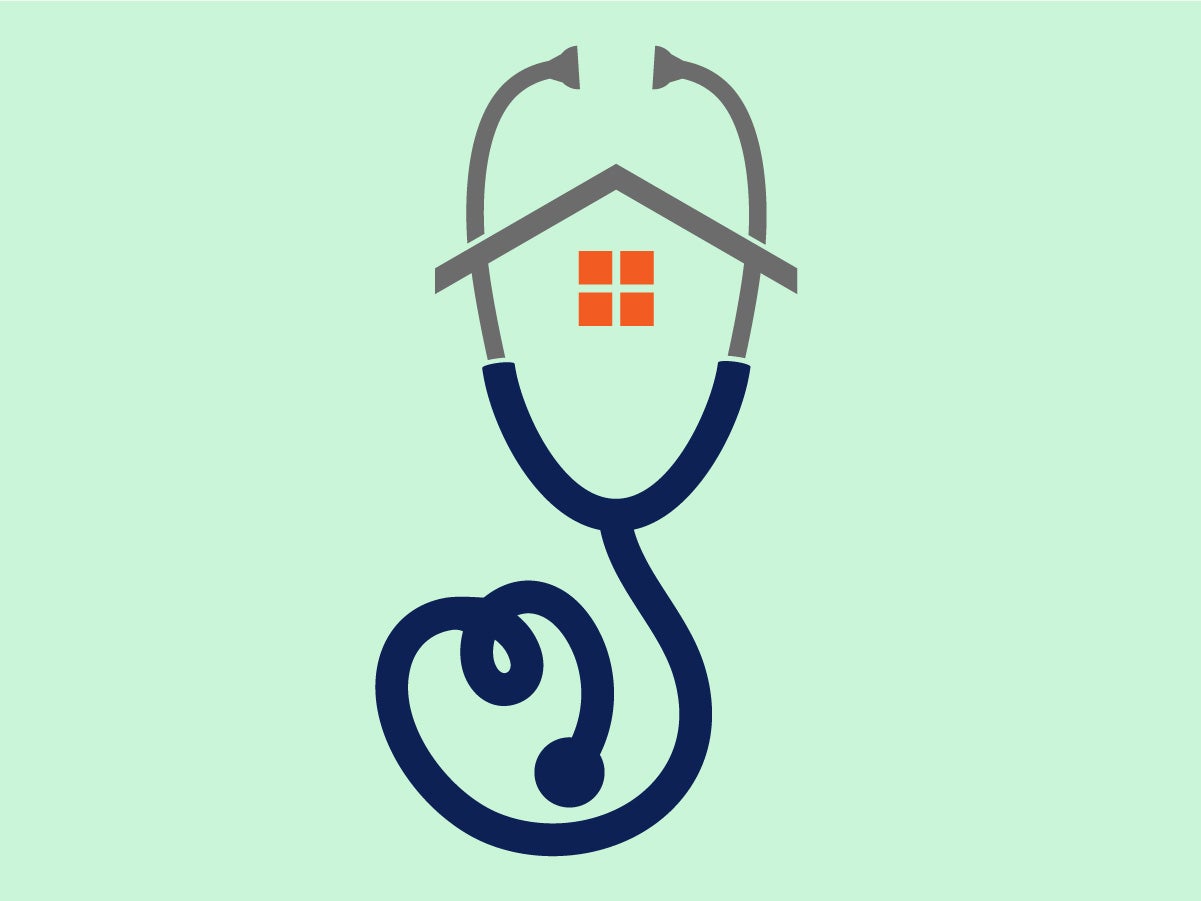
Opinion
We can help 5 million kids keep their health insurance—here’s how.
Healthcare is expensive. It is also woefully inaccessible to many Americans. And things are about to get worse. As many as 15 million people, including 5.3 million children, could lose Medicaid coverage over the next 12 months. But many people, especially children, who are about to lose their insurance are still eligible.
As hospital-based pediatricians, we care for children who are critically ill by the time they reach us. They need treatment immediately. Despite this, too many families are forced to worry about the financial repercussions of accessing health care.
We know that access to care leads to better outcomes for children. Kids are more likely to see doctors and dentists regularly if they have insurance, and parents with access to Medicaid are similarly more likely to receive care for themselves and their children.
Sign up for Harvard Public Health
Delivered to your inbox weekly.
Medicaid and the Children’s Health Insurance Program (CHIP) insured more than half of children in the United States for the duration of the pandemic, a percentage that has risen since 2020 because of a bipartisan effort to stabilize health care for low-income people. The federal government also increased contributions to state Medicaid programs in exchange for states maintaining continuous coverage for all Medicaid recipients. In other words, if you were enrolled in Medicaid, you automatically kept your insurance during the pandemic.
On March 31, 2023, continuous enrollment ended. The 90 million people who have been on Medicaid for the last three years will need to re-enroll, and states have up to a year to redetermine Medicaid eligibility, a process referred to as “unwinding.”
Under the Medicaid regulations, states will pull mailing addresses, income information, and other information on current Medicaid enrollees from available data sources to attempt to determine eligibility before sending out renewal letters and requiring enrollees to supply documentation. This process relies on state and federal databases, such as information from Social Security, tax data through the Internal Revenue Service, and some state labor departments. For families with children, this data includes enrollment in the Women Infant Children program (WIC), Supplemental Nutrition Assistance program (SNAP), and Temporary Assistance for Needy Families (TANF). It’s important for families to maintain updated information with these databases, as many children will lose coverage because of “procedural issues” (confusing forms, outdated information, and paperwork).
They will also lose coverage because of constantly fluctuating eligibility. If a child has housing instability, for example, the forms might not be mailed to their current location. If their parents have fluctuations in income, such as hourly employees, contractors, or people with multiple part-time jobs, eligibility could change frequently. This was a problem we encountered regularly prior to the continuous enrollment period during the pandemic. Families who believed they were insured would seek care, only to discover at hospital admission that they had missed a re-enrollment deadline and had been dropped from their insurance. Families who have been enrolled in Medicaid during the pandemic may not even realize they need to re-enroll.
But medical providers, health care workers, and state and local health departments can play a critical role in helping people retain their Medicaid enrollment. Here’s what we can do:
For health care providers:
- Disenrollment in some states started as early as April 1, 2023. Providers should talk to patients and families about maintaining updated addresses in WIC, SNAP, and TANF. Families should know to look for important forms in the mail, and be able to promptly and accurately fill out and return the forms. In some states, applications can be renewed online.
- Kids may still qualify for insurance even if their parents no longer qualify. We encourage parents to seek Medicaid for children independently of their own status, if needed. It is important to keep all members of the household covered, but if children do lose Medicaid, providers can help determine eligibility for CHIP or Marketplace coverage. Up to three quarters of children who lose insurance during the re-enrollment period may still qualify for Medicaid or CHIP.
- The process and timing of unwinding varies state to state, so it is also important to look at state-specific resources.
For state-level health and human services programs:
- States can minimize effects of the unwinding by creating communication campaigns in multiple languages.
- State Medicaid programs should further strengthen automatic renewals through data matching with existing sources such as SNAP, WIC, and TANF to determine eligibility.
- Take the full year allotted to complete the process in a careful manner.
- Use all methods of communication to reach enrollees, such as texts, emails, and phone calls.
- And assist transitions to other forms of coverage for those who are no longer eligible.
There are some bright spots. The Consolidated Appropriations Act requires states to adopt continuous 12-month eligibility for children as of January 1, 2024. In May, Governor Gretchen Whitmer of Michigan released an Executive Directive outlining the plan to protect health insurance for Michigan residents. Other states are minimizing effects by expanding programs such as CHIP to a wider range of family incomes. Florida is poised to expand CHIP to cover children in families with incomes of up to 300 percent of the federal poverty level, up from 200 percent. Six states do not have premiums for children enrolled in CHIP. If additional states adopt these and potentially other innovative policies, more children and families would remain covered.
Despite all of these measures, millions of children will still lose their insurance over the next 12 months. The potentially devastating impacts will be greatest on the most vulnerable patients. Reach out to your doctor if you have questions. Reach out to your state government to advocate for policies that will protect children. We all share responsibility to keep kids safe and to keep kids covered.
Source illustration: Denis Novikov / iStock


